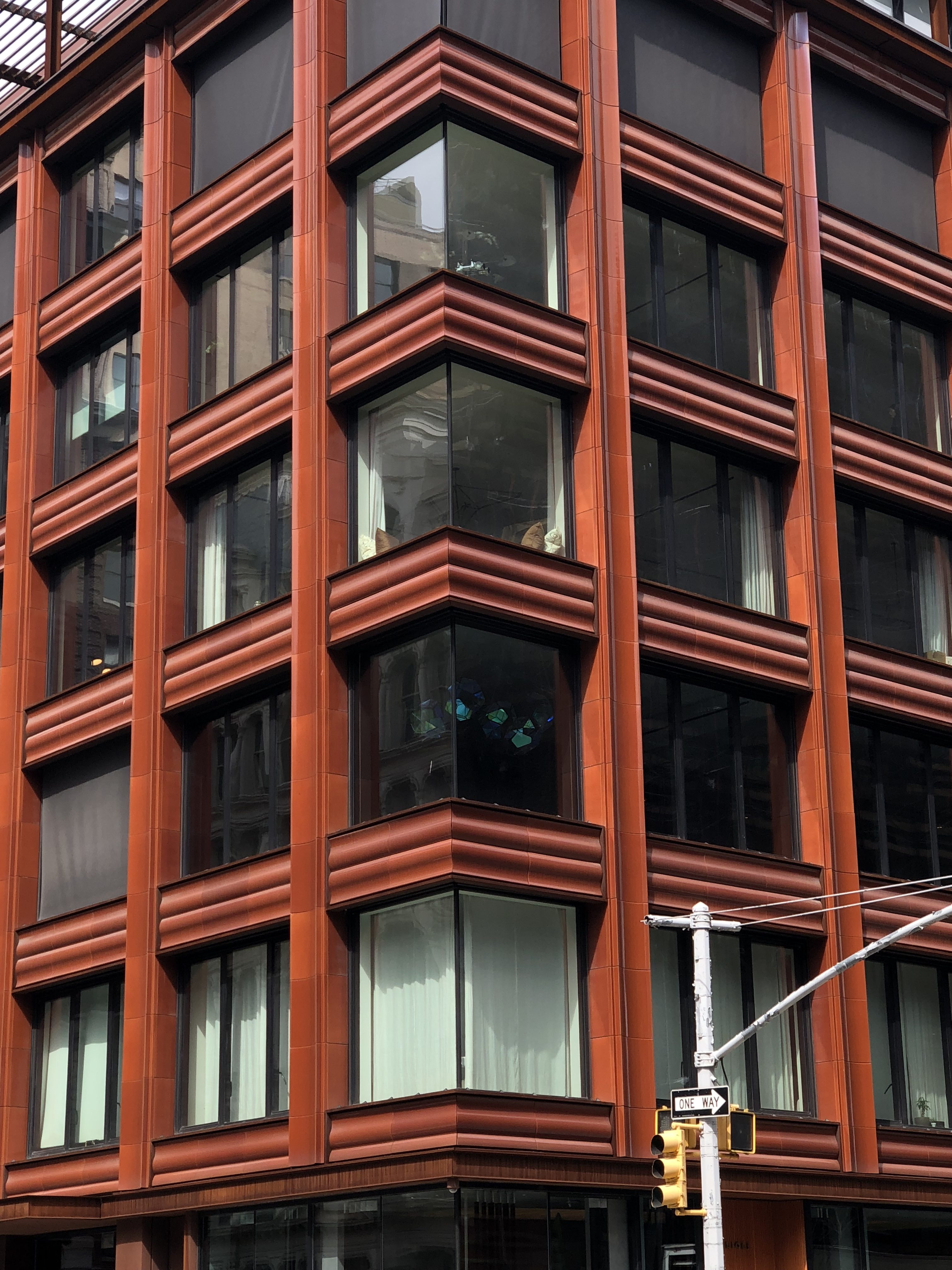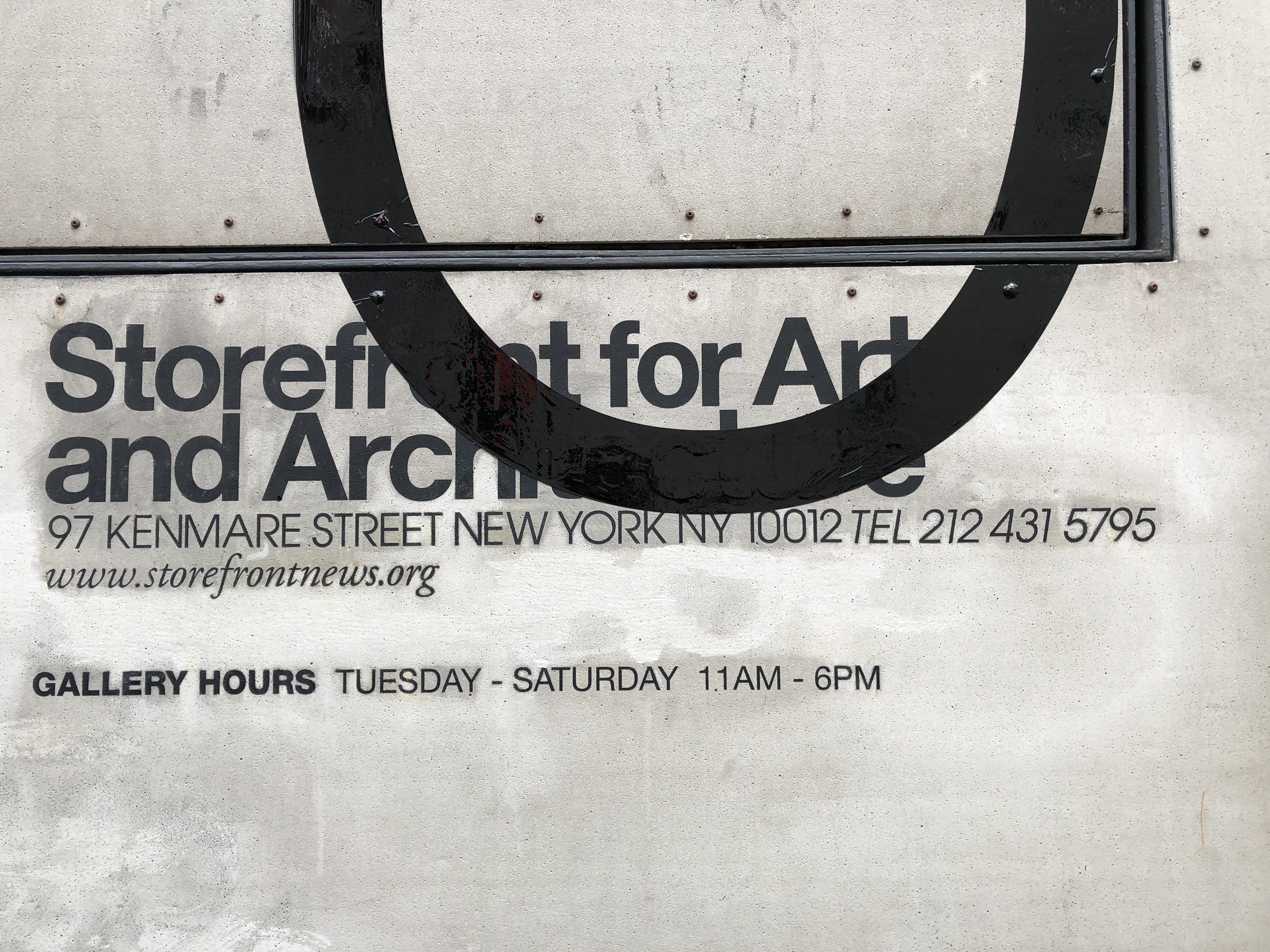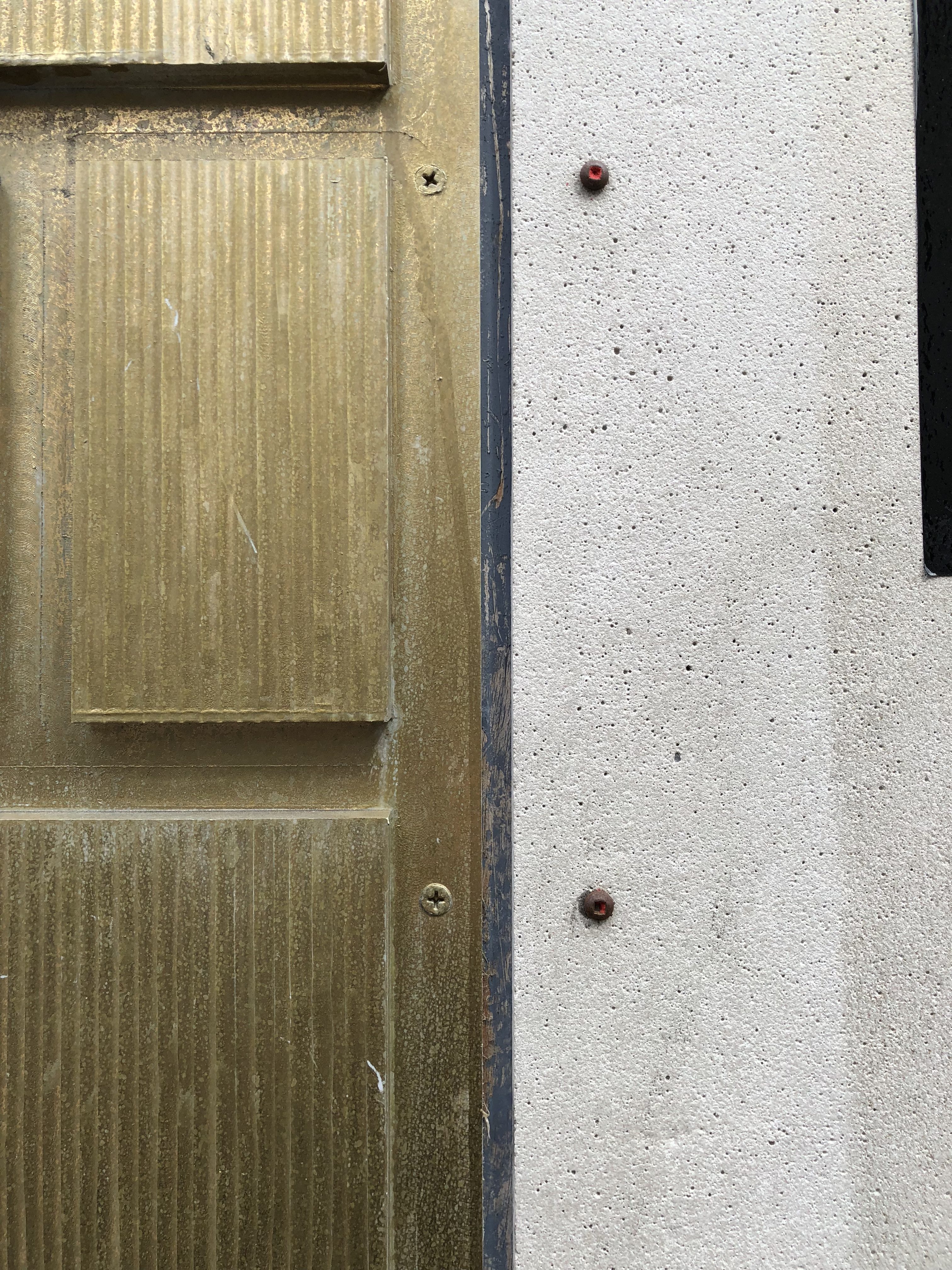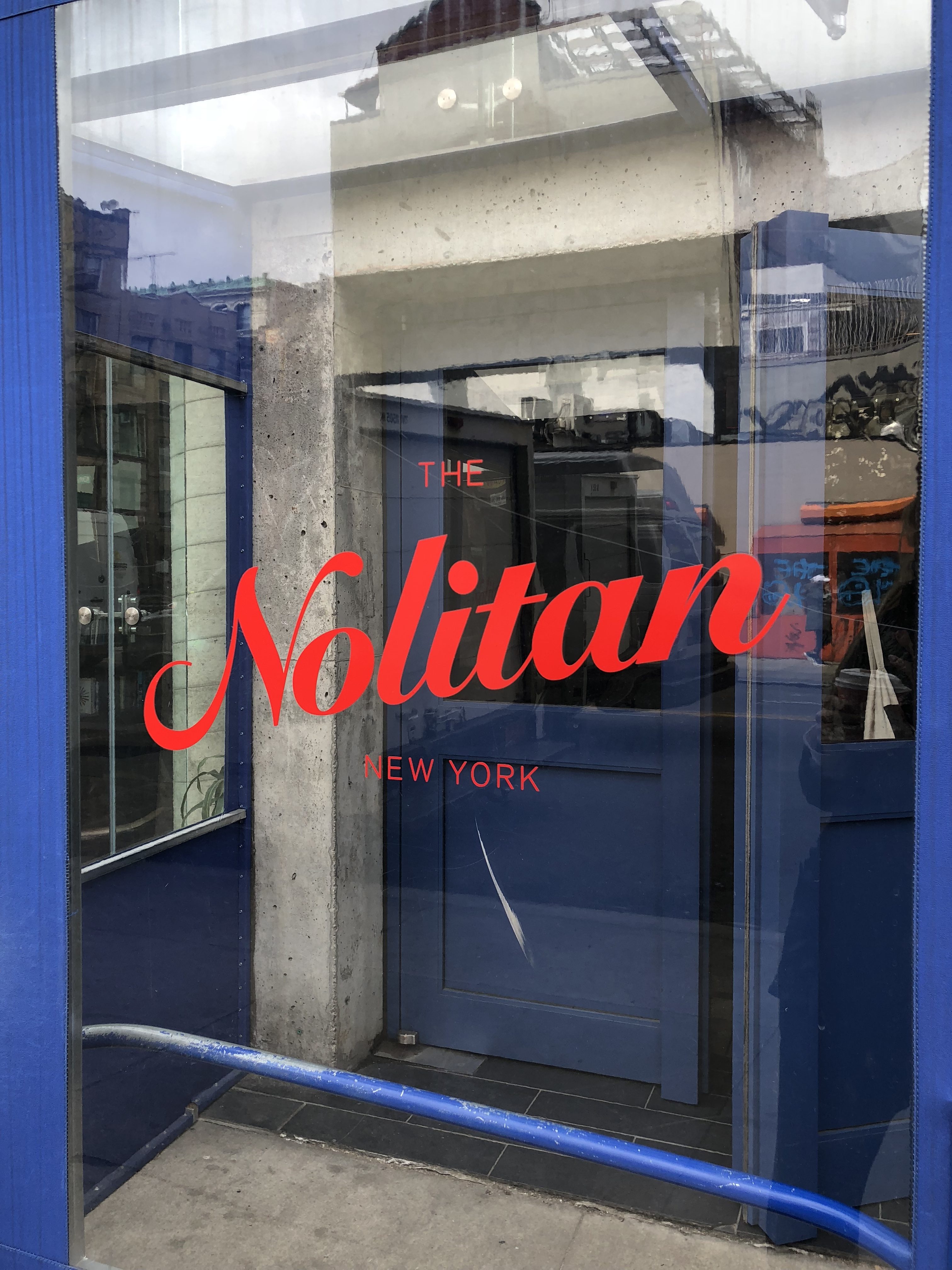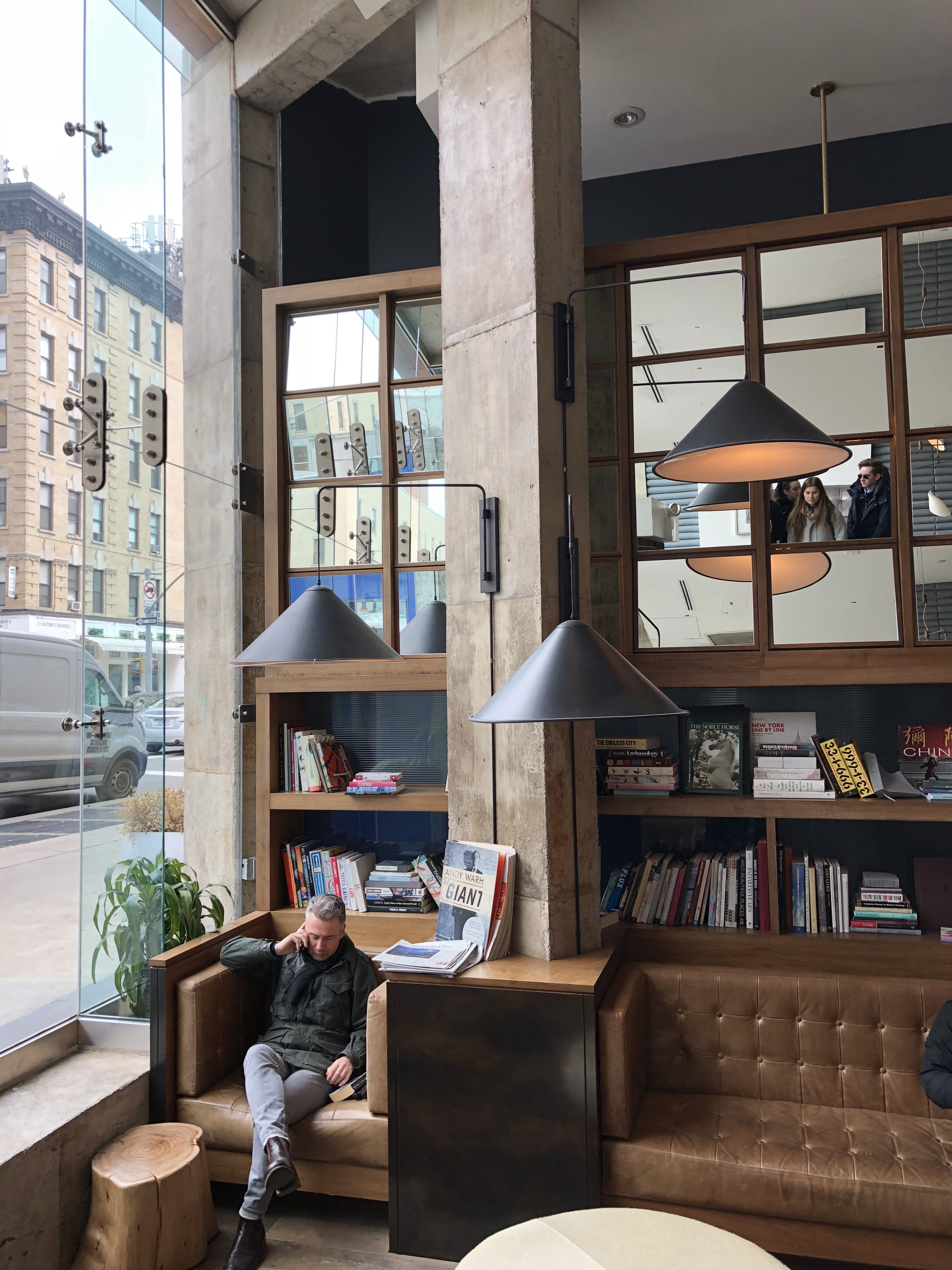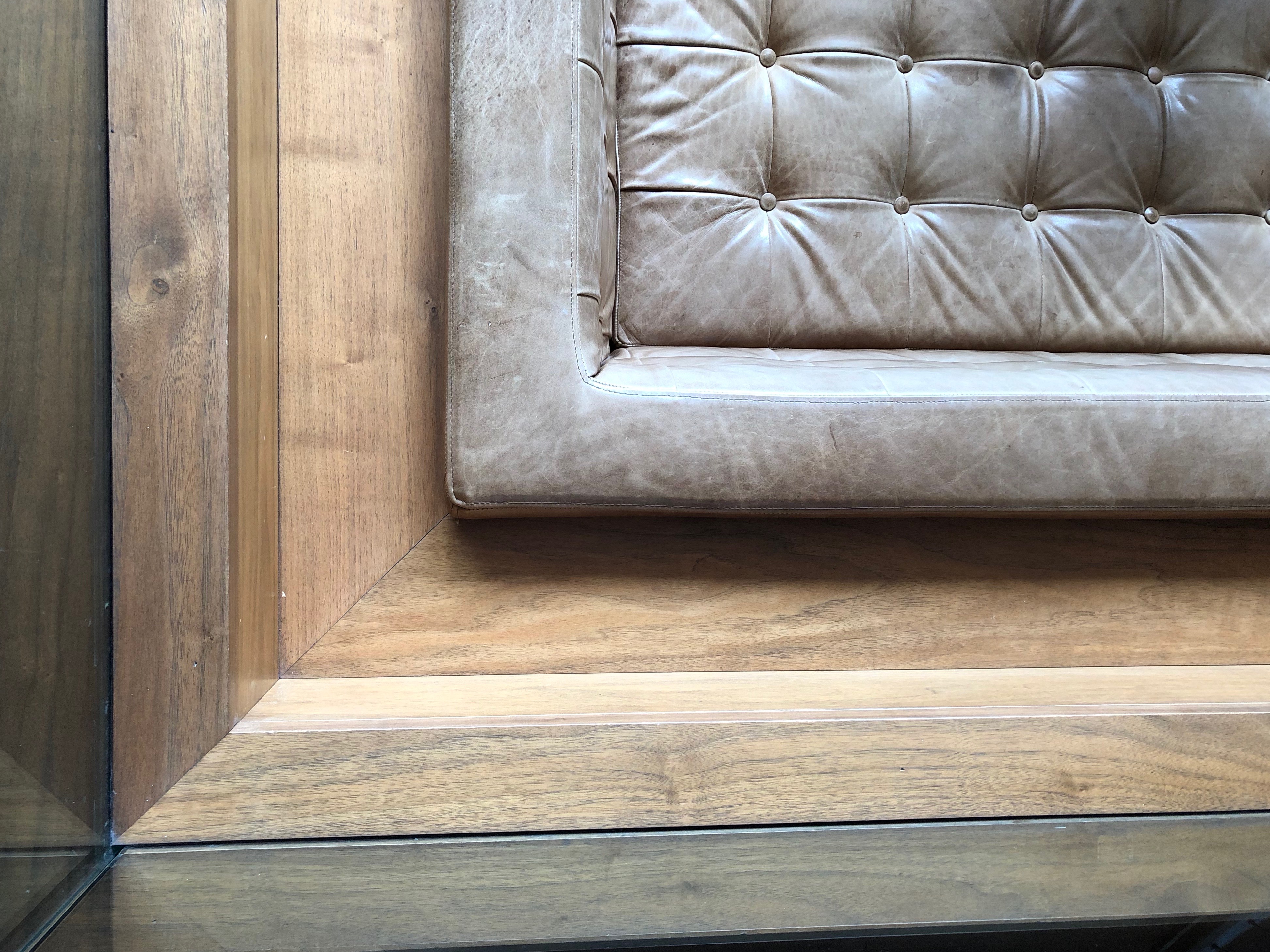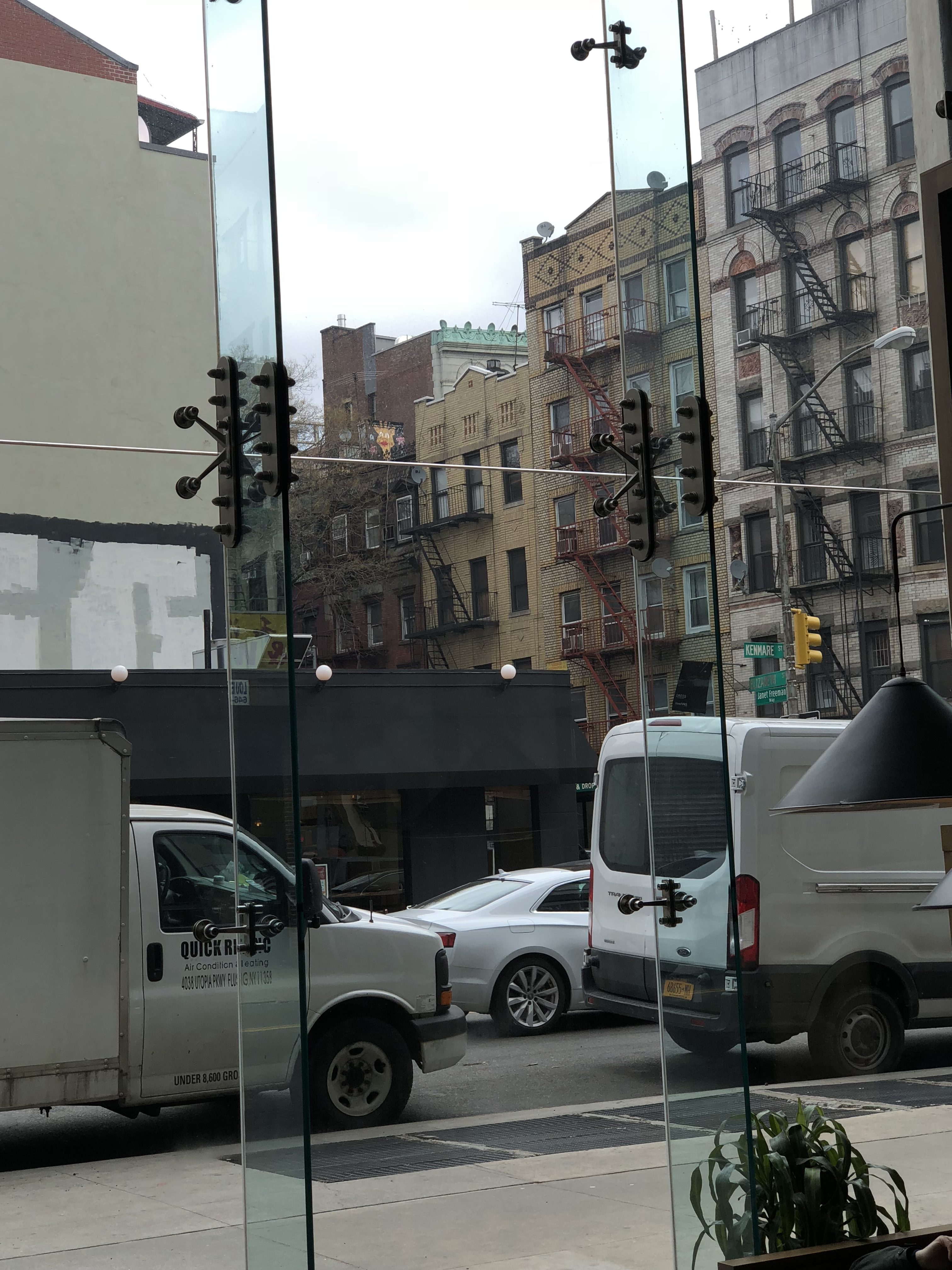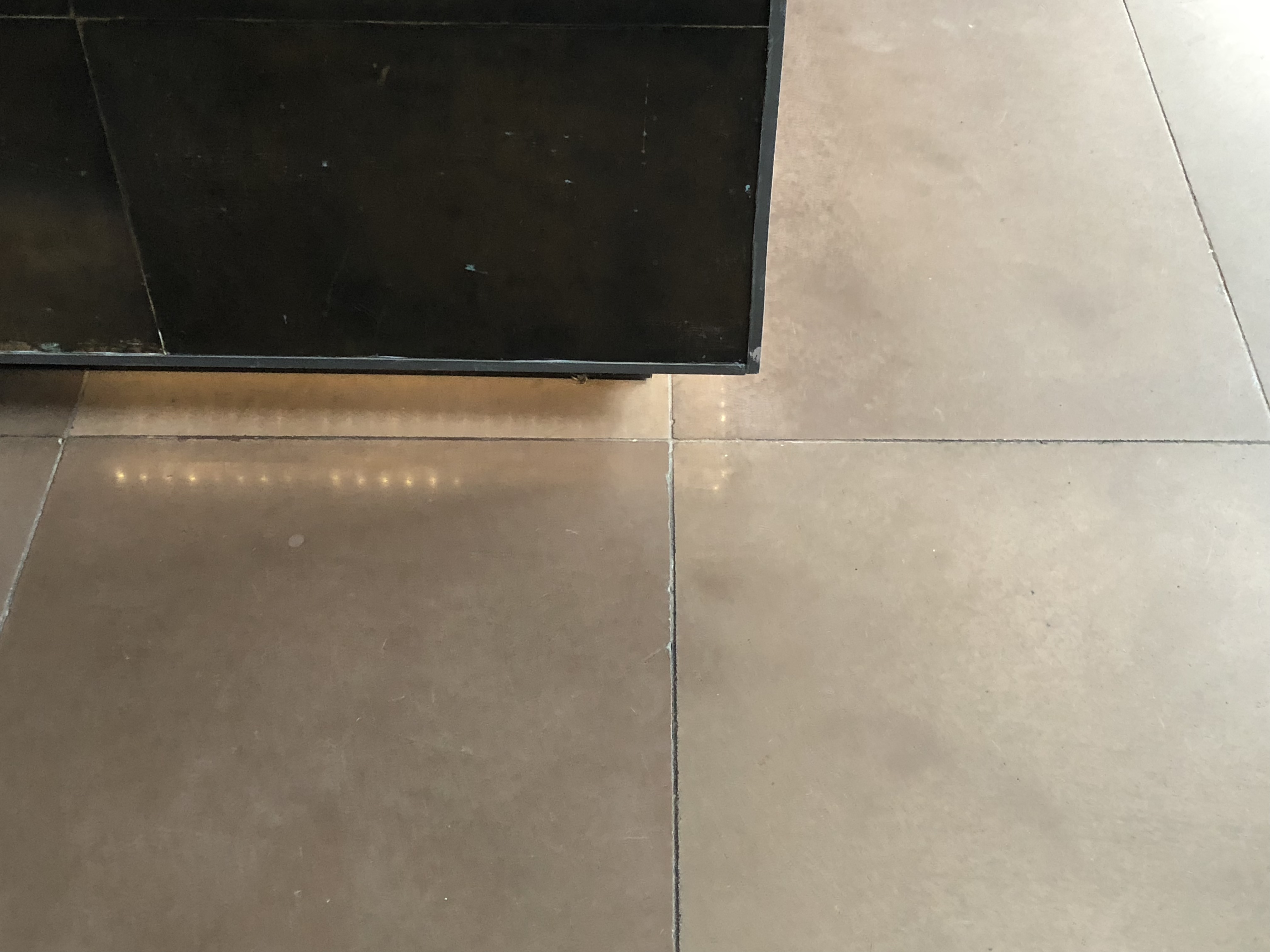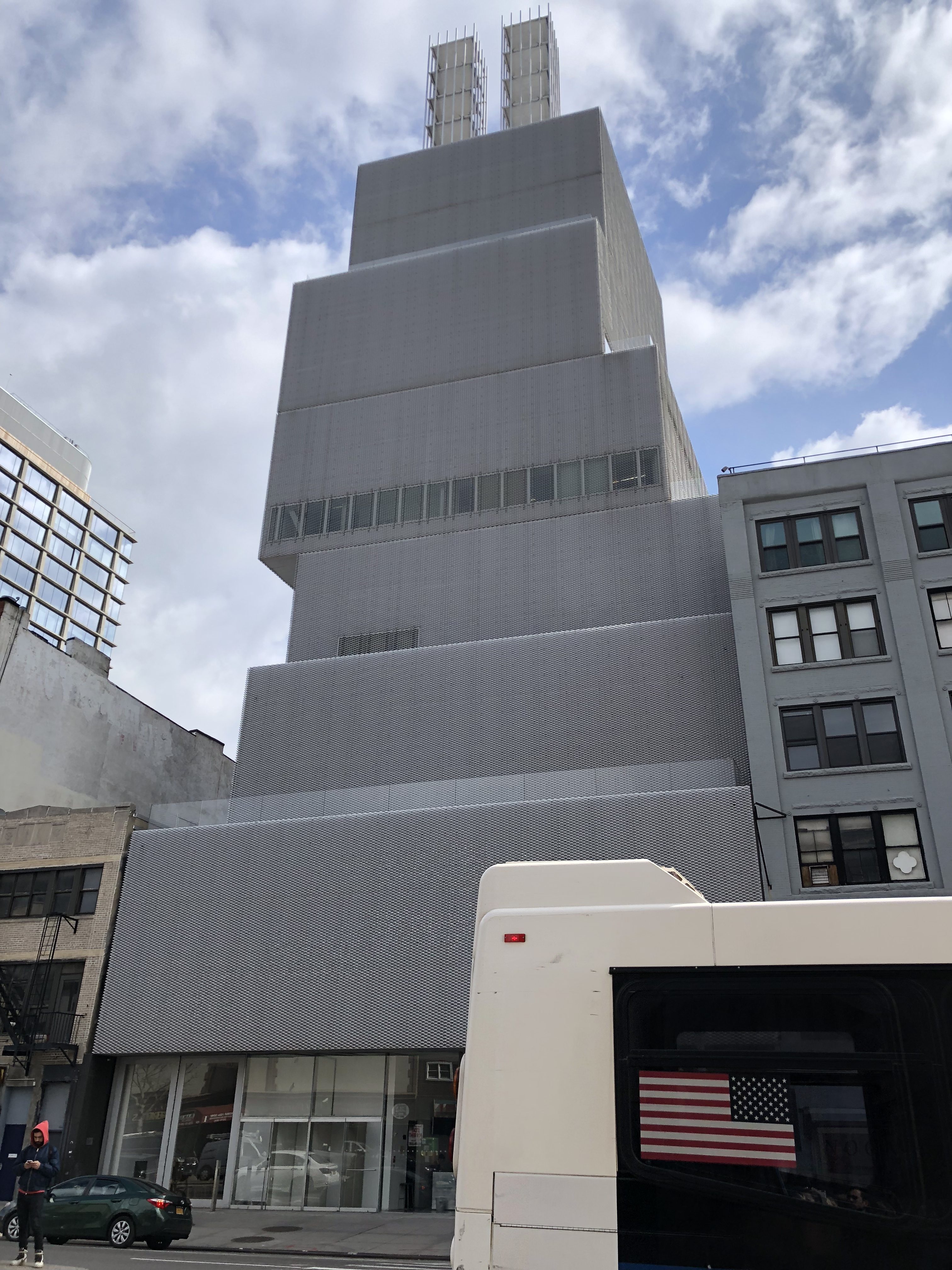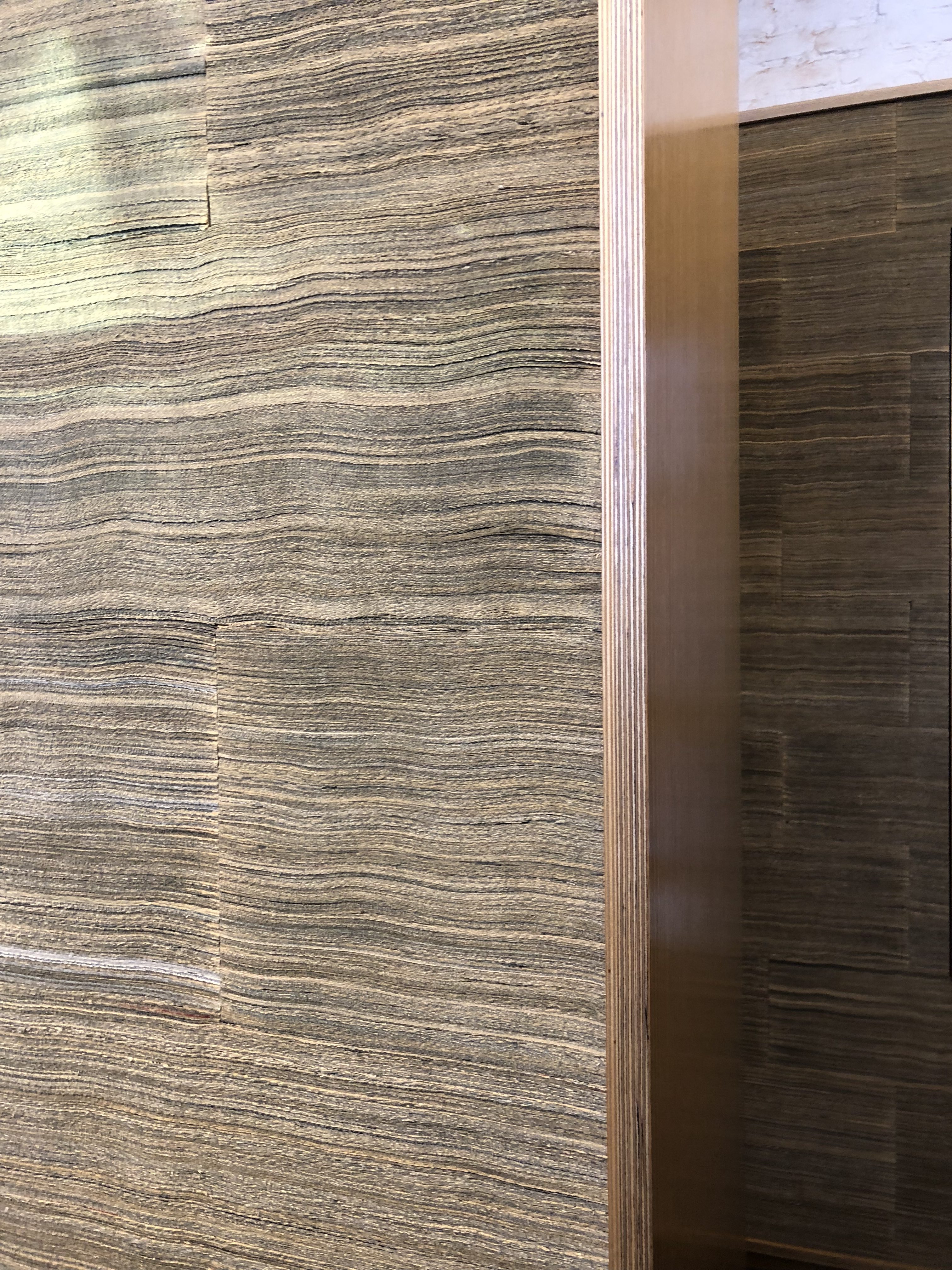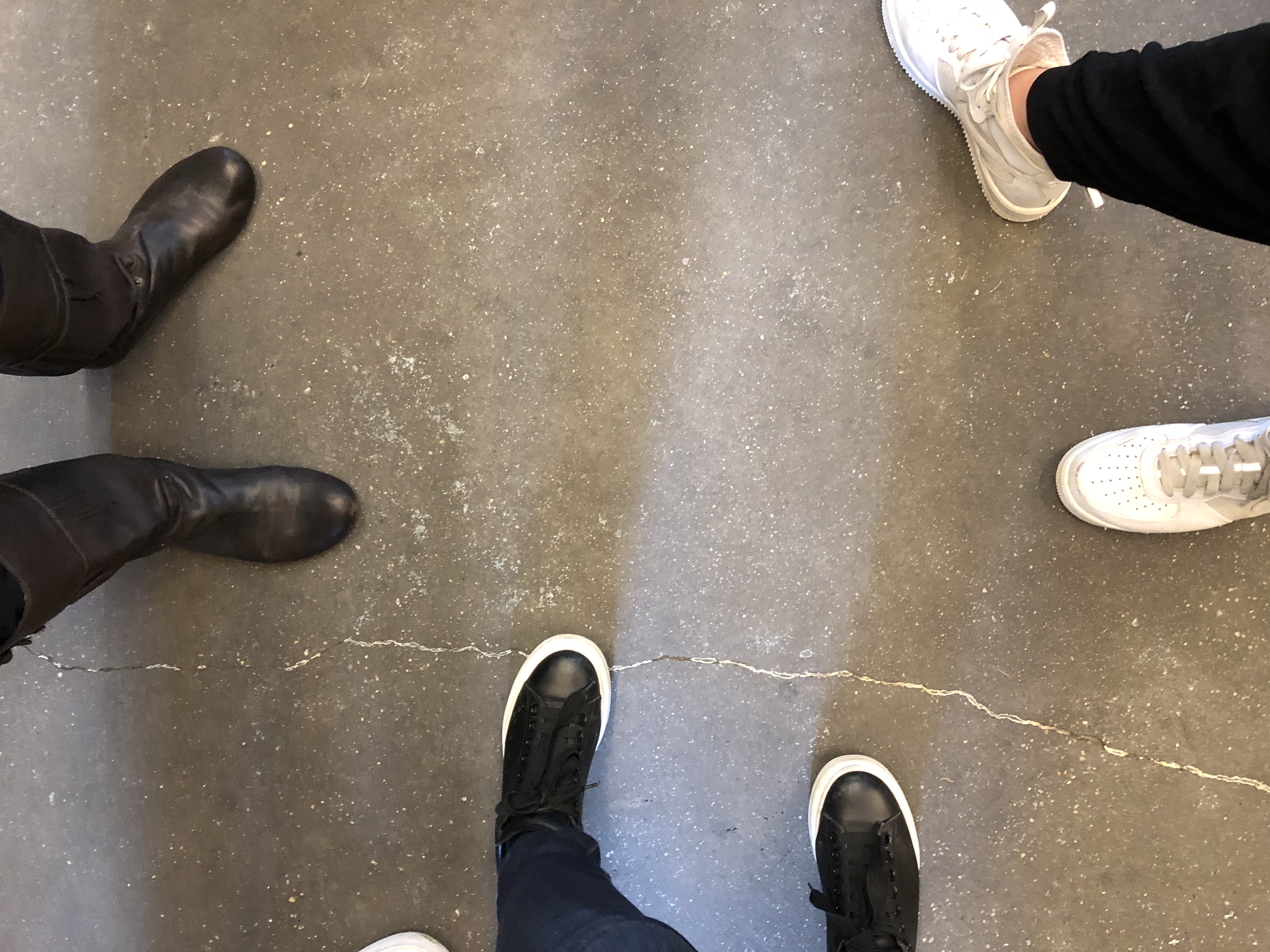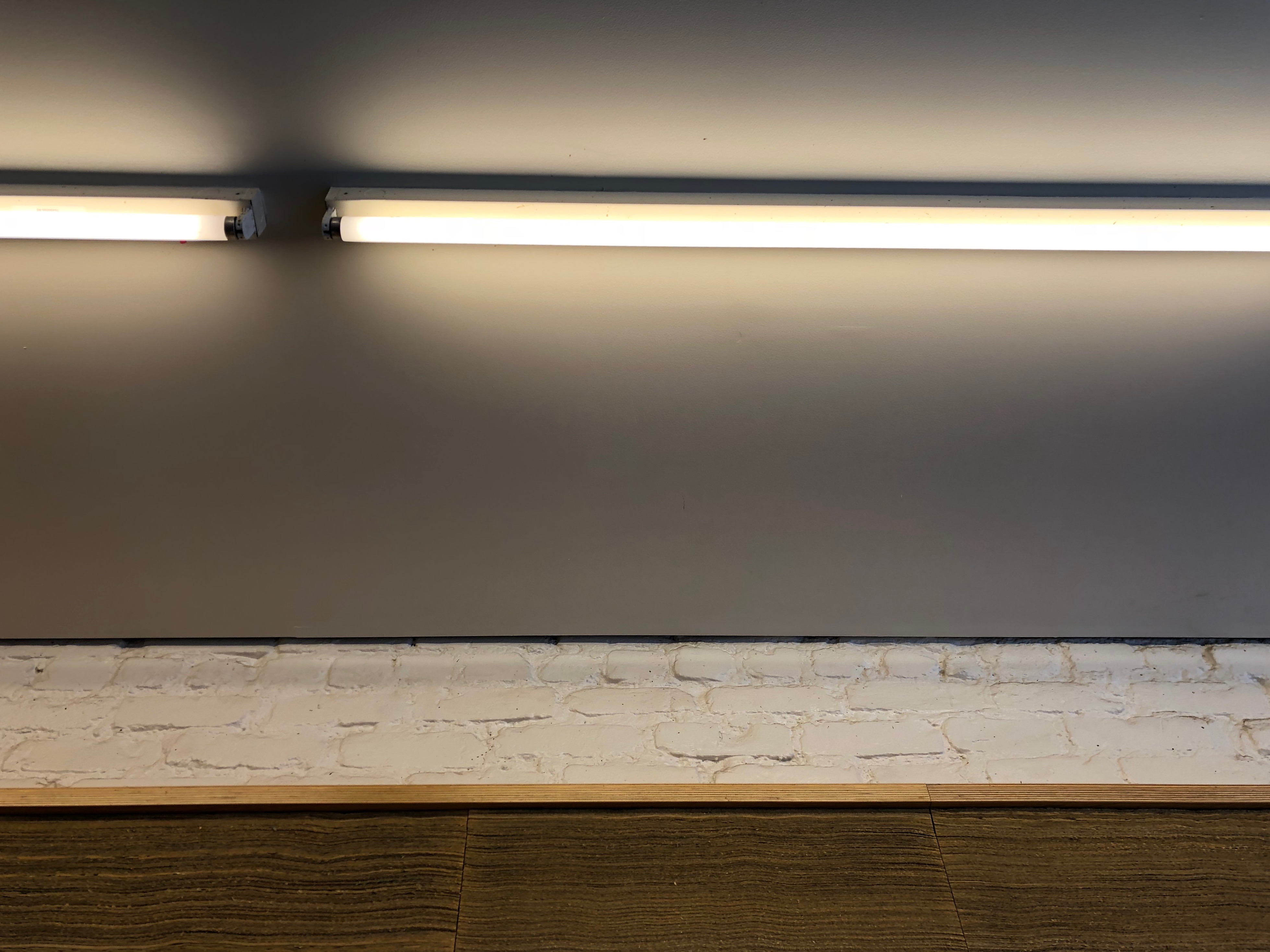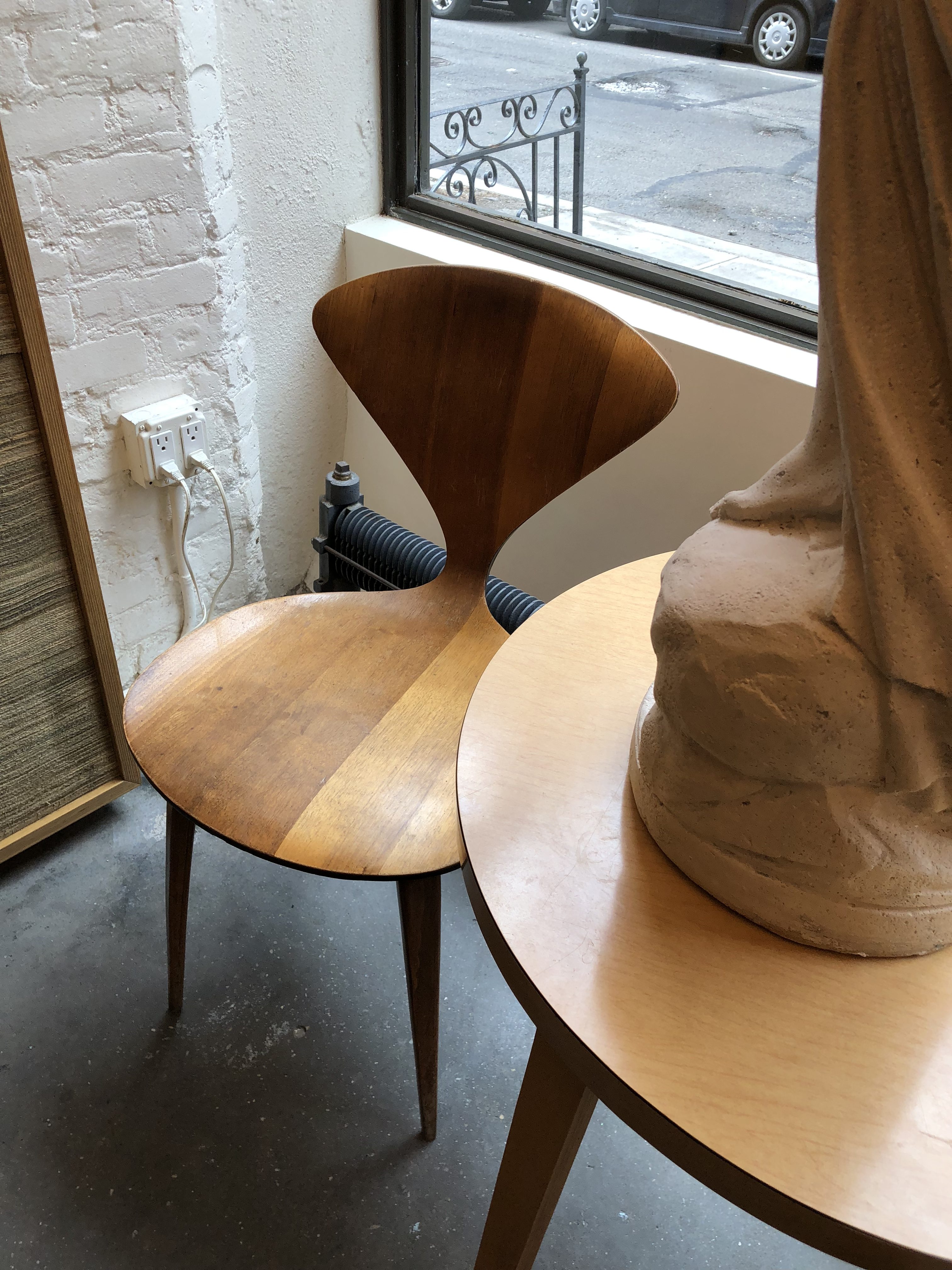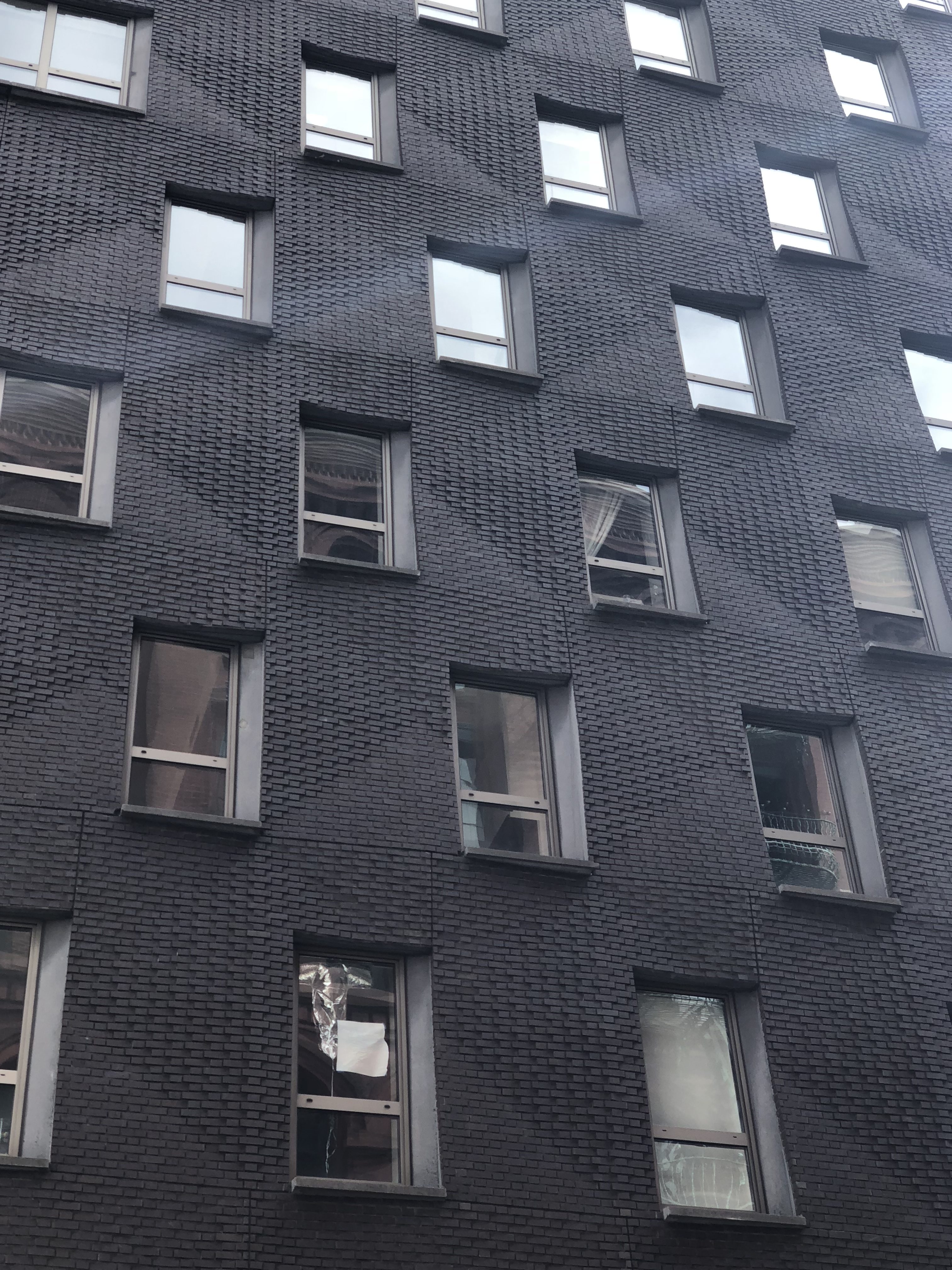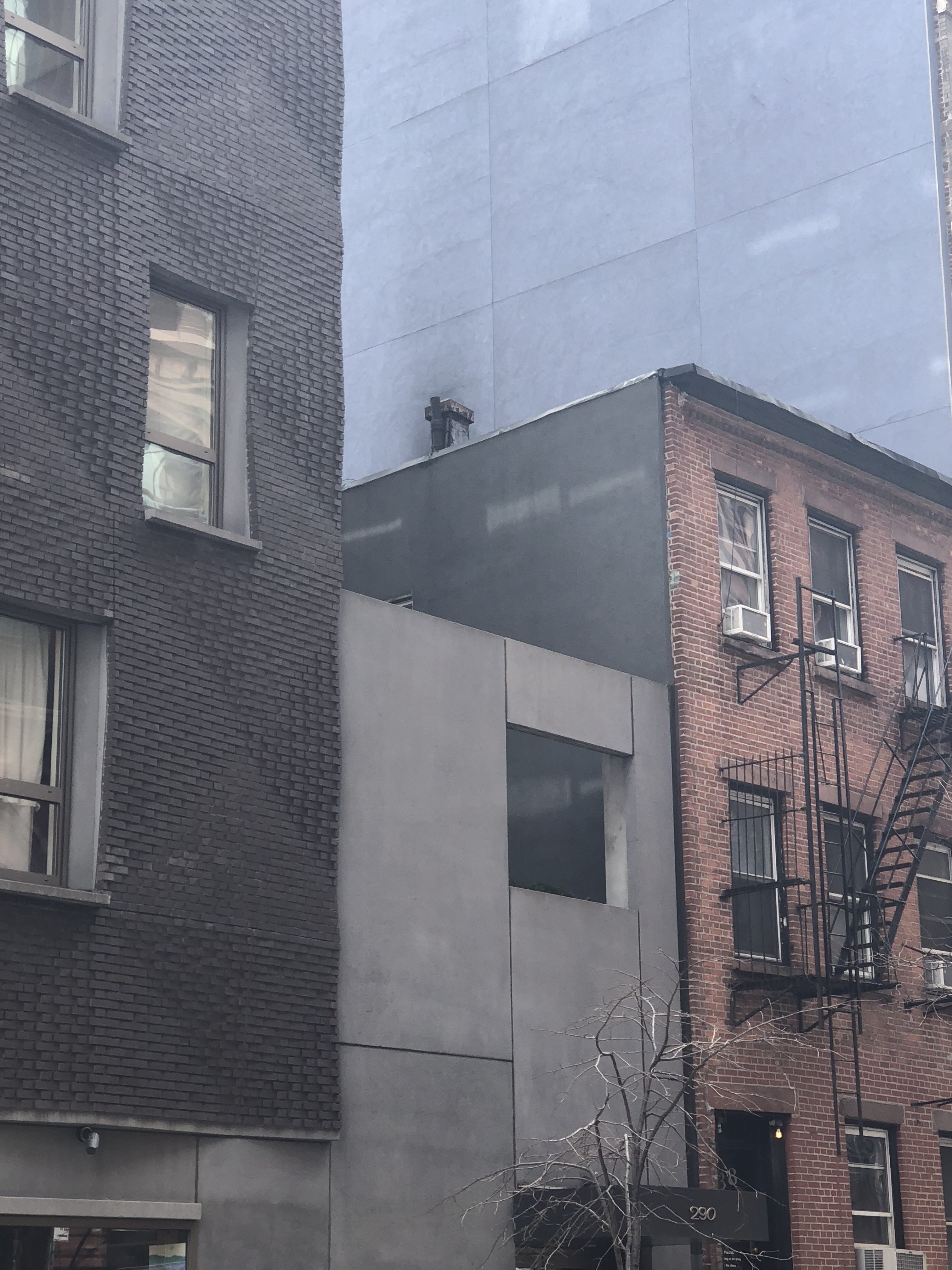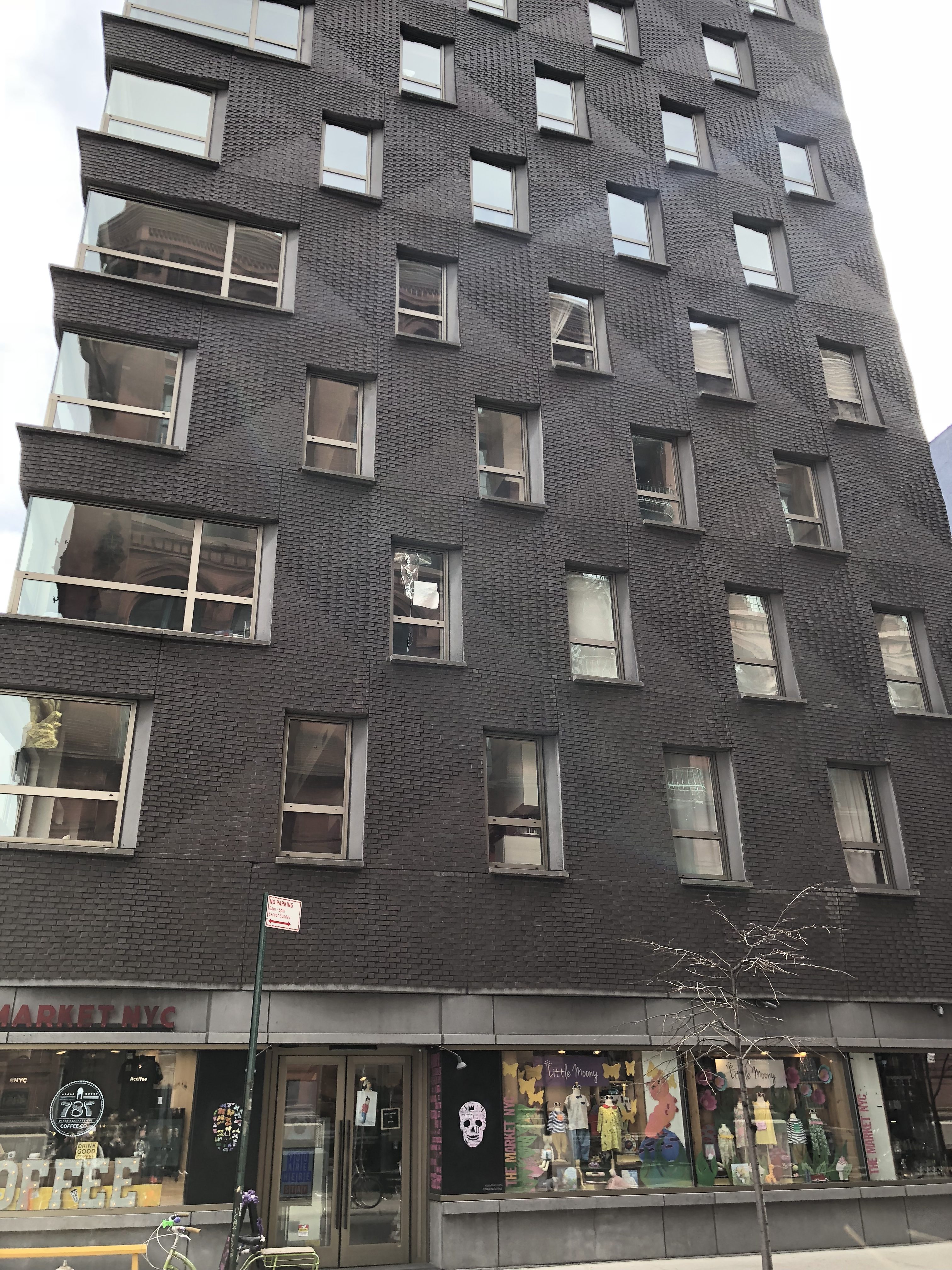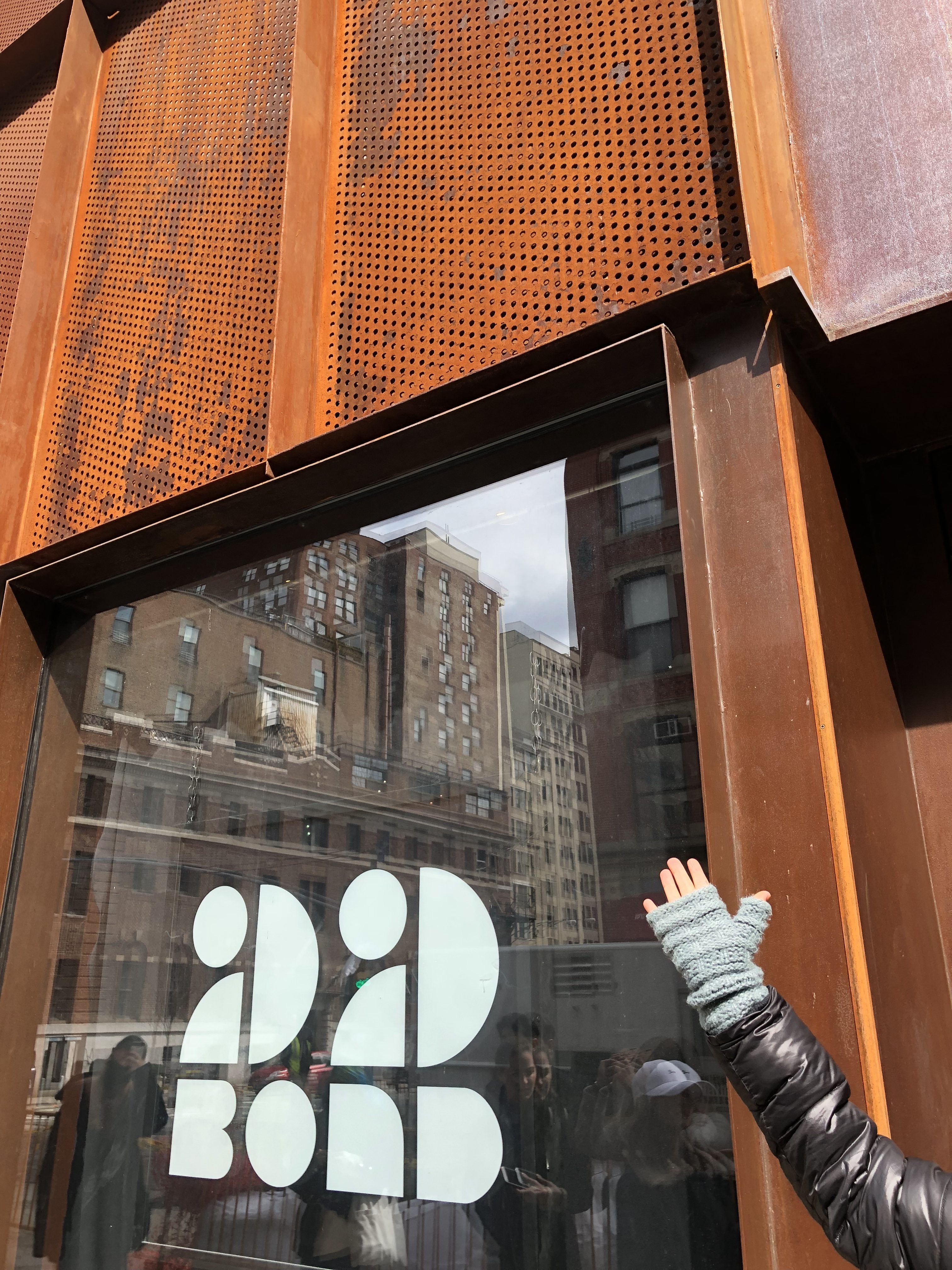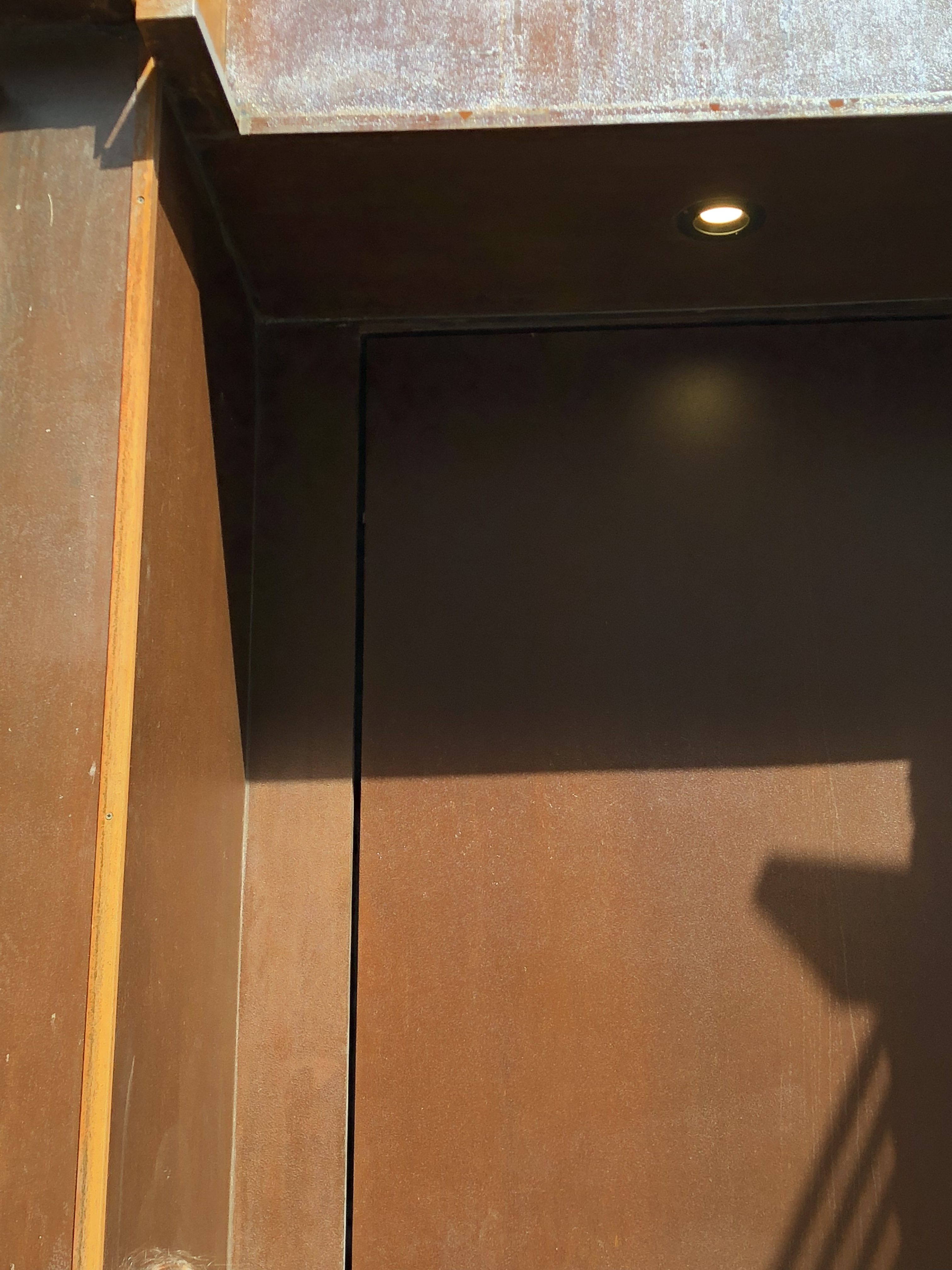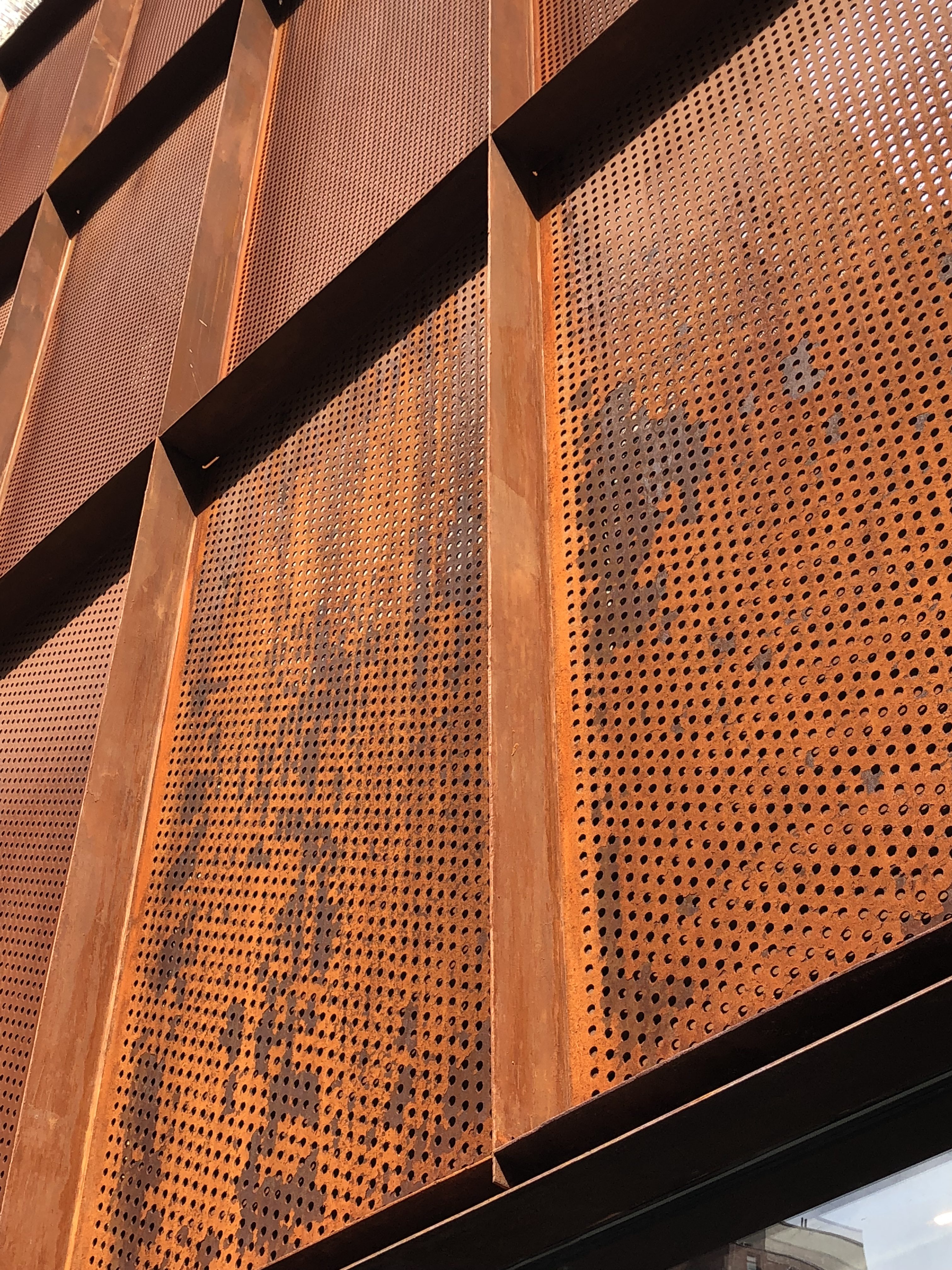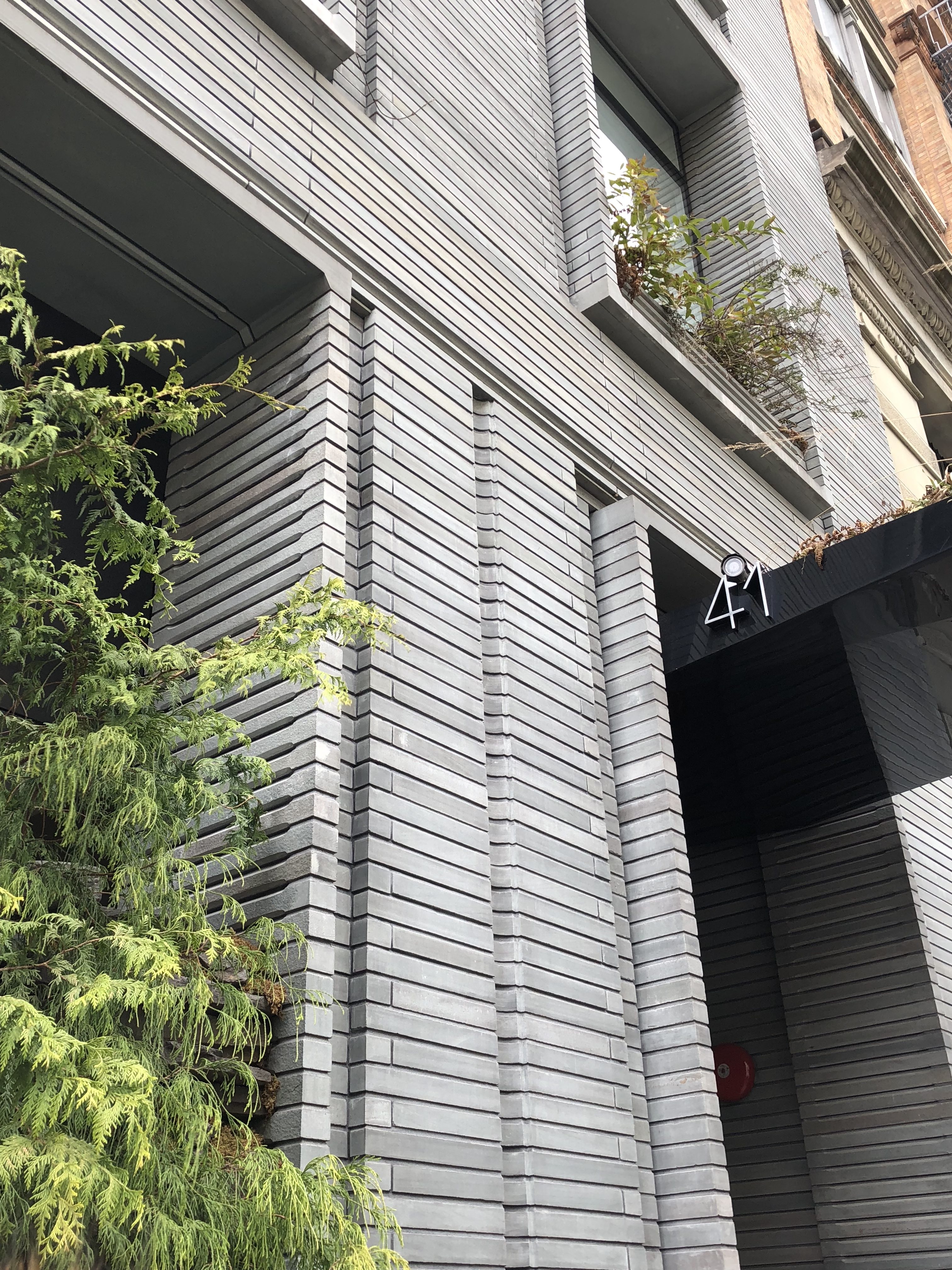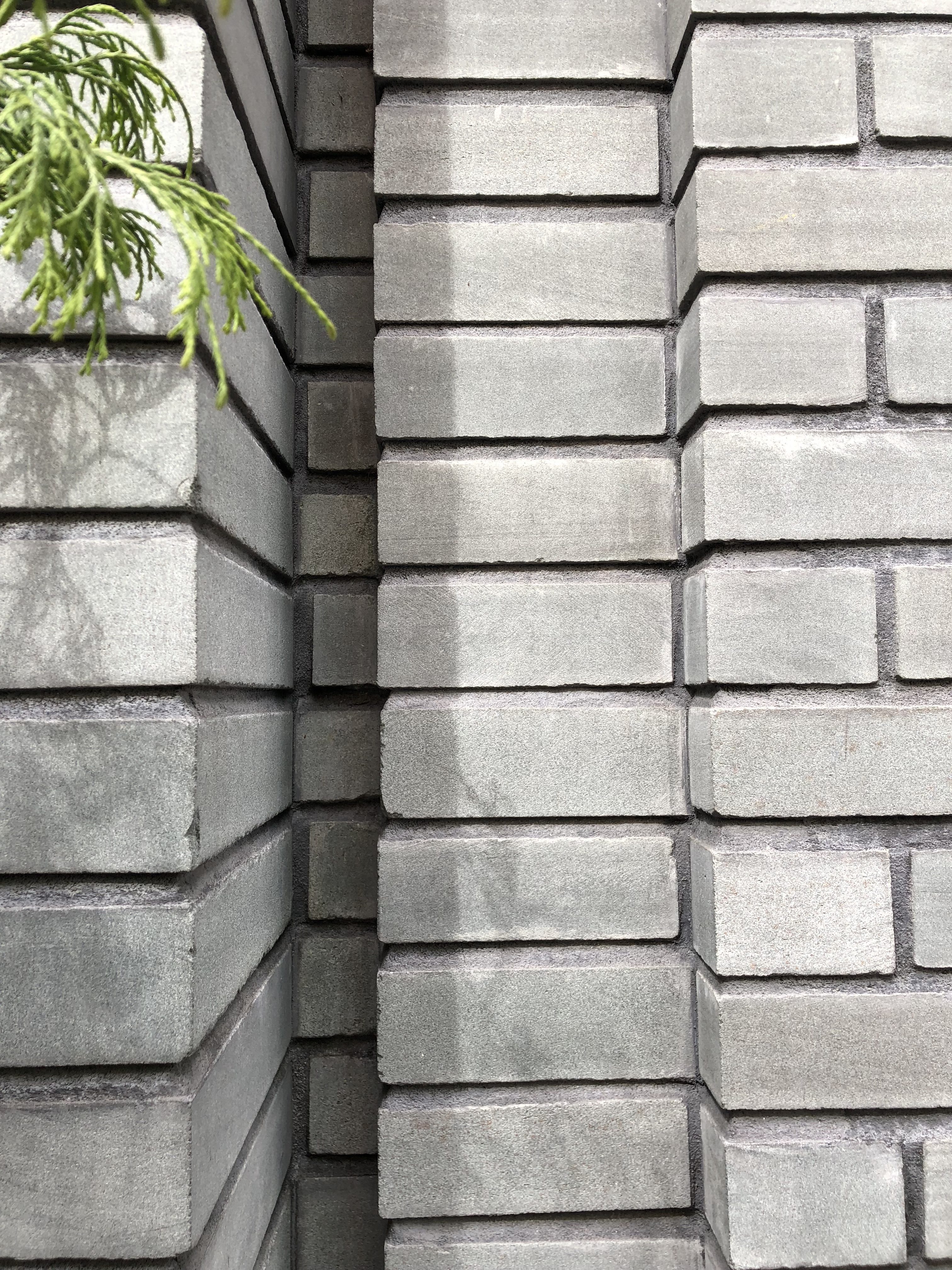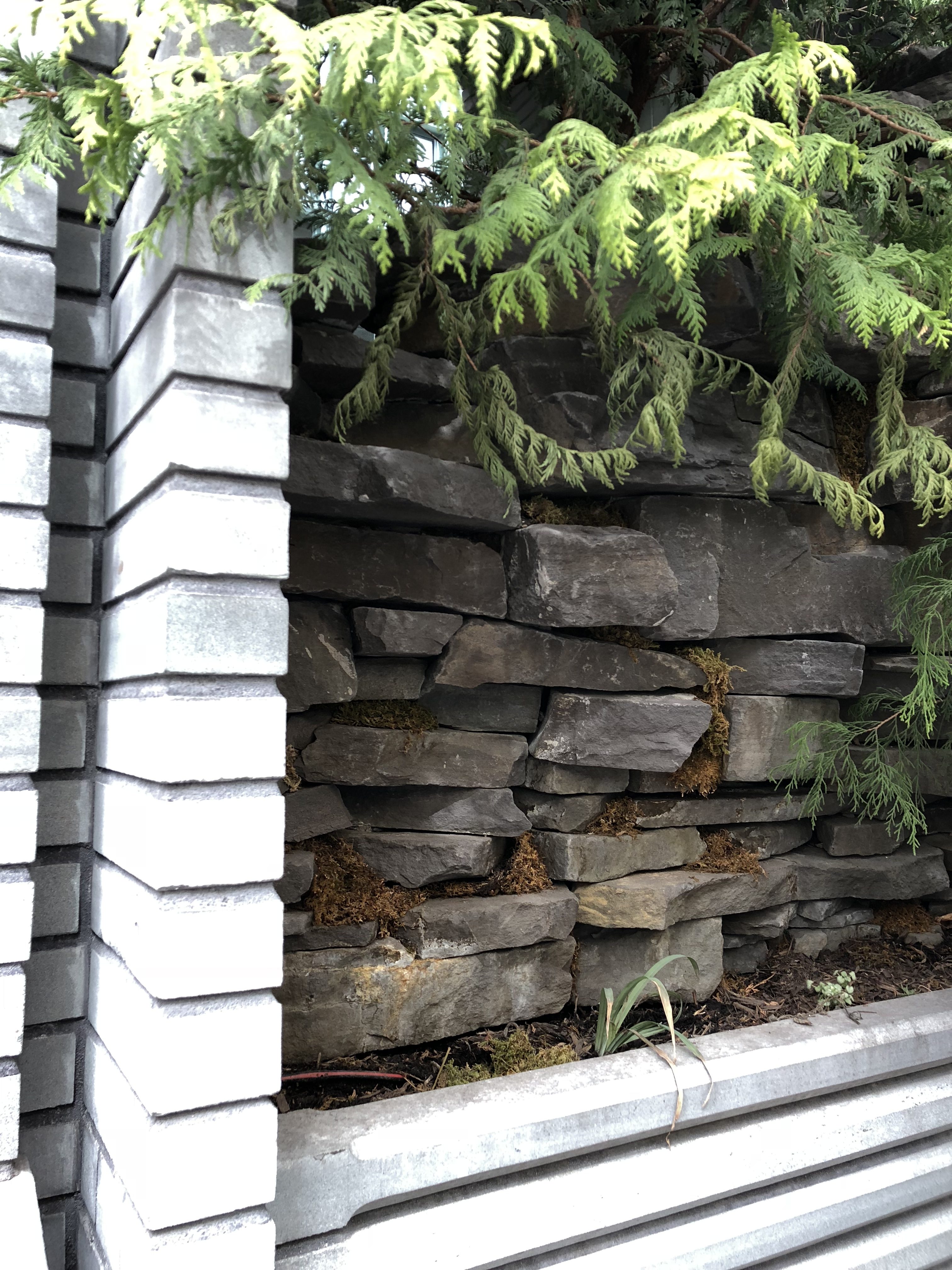Storefront For Art and Architecture
- Pre cast concrete panels
- Panels form a screen facade
- Geometric structure where pieces open up into the street, merging the interior space with the outdoors.
- Newly cut/added pieces are gold in colour.
The Nolitan Hotel
- Glass railings for safety
- Steel panels cover the walls
- Wood flooring
- Tinted concrete for structural pillars and beams
- Tufted fabric panels cover walls to absorb sound
The New Museum
- Expanded metal mesh facade and interior ceilings.
- Constructed and assembled in panels (most likely 4’x8′), although hard to recognize.
- Made using a series of linear cuts, they tension them to create openings. The metal expands, metal likes to be stressed allowing it get stronger.
- Interior mesh painted white.
Aesop
- Polished concrete floors
- Plywood for shelving and surfaces
- Stacked old newspapers cover every wall. Designer anticipated the paper to age into the exact colour that one of their products packaging is.
- Newspaper is used as a reference to explain the process of aging skin to clients.
- Every Aesop has a sink unique to it’s location as the centre piece of the room
- Signature scent pumped into each store to create unique brand experience that’s memorable for the client.
Shop Architects Apartment Building
- Pre assembled rippled pattern bricks
- Unconventional use of masonry
- Panels hung over another wall system
- Panels are visible when you allow your eye to follow the lines on the windows.
- Contrasts the conventional brick building next door.
10 Bond St. Apartment Building
- Facade made out of terra cotta pieces.
- Unrecognizable unconventional use of material
22 Bond St.
40 Bond St. Apartments
- Designed by Herzog de Meuron with Handel Architects
- Developed by Ian Schrager
- Custom curvaceous glass pieces form the facade, another unconventional use of the material. Hard to recognize.
- Increased percentage of Iron used in the glass production to look more green.
- Tempered aluminum panels
- Cast aluminum screen with a finish, looks like concrete. Misleading to the eye.
41 Bond St. Apartments
- DDG developers.
- Local sand stone forms the facade structure of the building, very fine and relatively consistent in terms of texture
- Ashy coloured stone
- Sourced locally from Pennsylvania, New Jersey, and in some parts of Canada.
- Different treatments to the stone seen on the facade: cleft, polished many different articulations of brick work.
- Very meticulous, labour intensive stone work
- Finish changes natural colour of the stone
- One use of stone on the facade is more grey, one is more blue.
